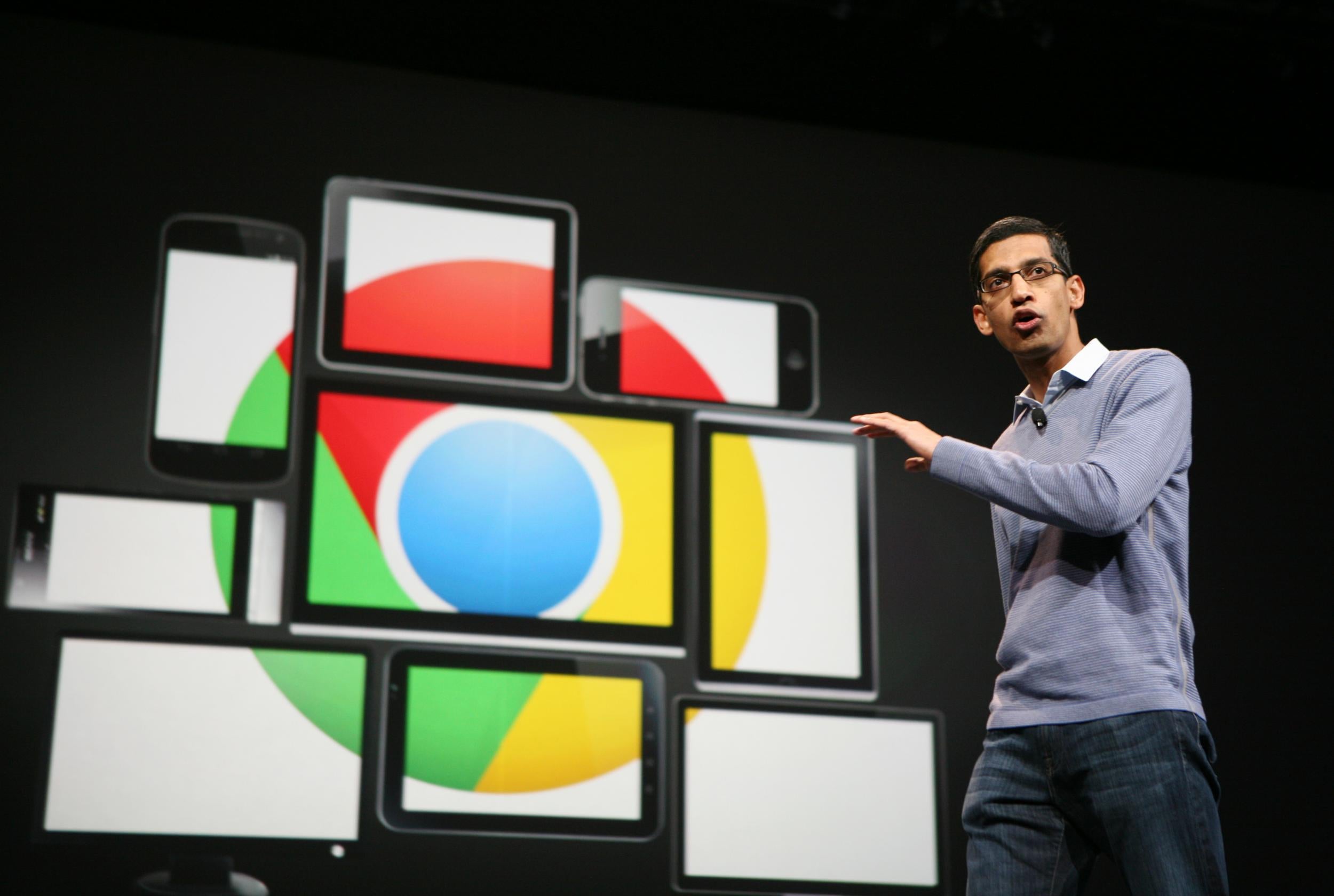Google Chrome to block Flash by default, possibly dealing final blow to hated software
Even Adobe, the company that makes Flash, has advised people to stop using it

Your support helps us to tell the story
From reproductive rights to climate change to Big Tech, The Independent is on the ground when the story is developing. Whether it's investigating the financials of Elon Musk's pro-Trump PAC or producing our latest documentary, 'The A Word', which shines a light on the American women fighting for reproductive rights, we know how important it is to parse out the facts from the messaging.
At such a critical moment in US history, we need reporters on the ground. Your donation allows us to keep sending journalists to speak to both sides of the story.
The Independent is trusted by Americans across the entire political spectrum. And unlike many other quality news outlets, we choose not to lock Americans out of our reporting and analysis with paywalls. We believe quality journalism should be available to everyone, paid for by those who can afford it.
Your support makes all the difference.Google might be about to finally kill off Flash by all but banning its use in Chrome.
The software – which is used for videos and animations on websites – has been slowly dying off in recent years. Its demise started when Apple chose not to allow people to use it on its iPhones and iPads, forcing most websites to move towards other technologies.
But a new change to the Chrome browser will mean that nearly every website will also have Flash content blocked by default. People will still be able to choose to allow specific websites to show Flash content - but it will opt-in.
The 10 biggest websites that use Flash will initially be enabled by default, meaning that people using websites such as YouTube and Facebook won’t be bombarded by messages asking them if they want to allow it. But that exemption will last a year, after which they will become blocked by default.
The new Google proposal – which is expected to come to consumer versions of Chrome later this year – would make computers to websites look like they don’t have even Flash installed. That would mean that most websites should default to HTML 5 – a similar but much safer technology.
Google has presumably made the move as a way of keeping people protected against the various security and privacy problems that have found their way to people through Flash. Many computer experts recommend disabling Flash because it has so many security holes, and as companies have moved away from using it, the software has become much less necessary.
Even Adobe, which makes Flash, has encouraged people to stop using its Flash and it has gradually become a much less common way of animating videos and other parts of websites.
The proposal is currently undergoing review and may change slightly before it comes to Chrome later in 2016. But it can be enabled now by heading to the settings, going through privacy and content settings, and ticking the option to “let me choose when to run plugin content”.
Join our commenting forum
Join thought-provoking conversations, follow other Independent readers and see their replies
Comments